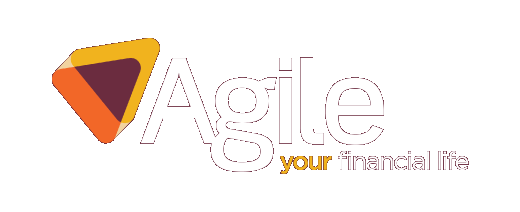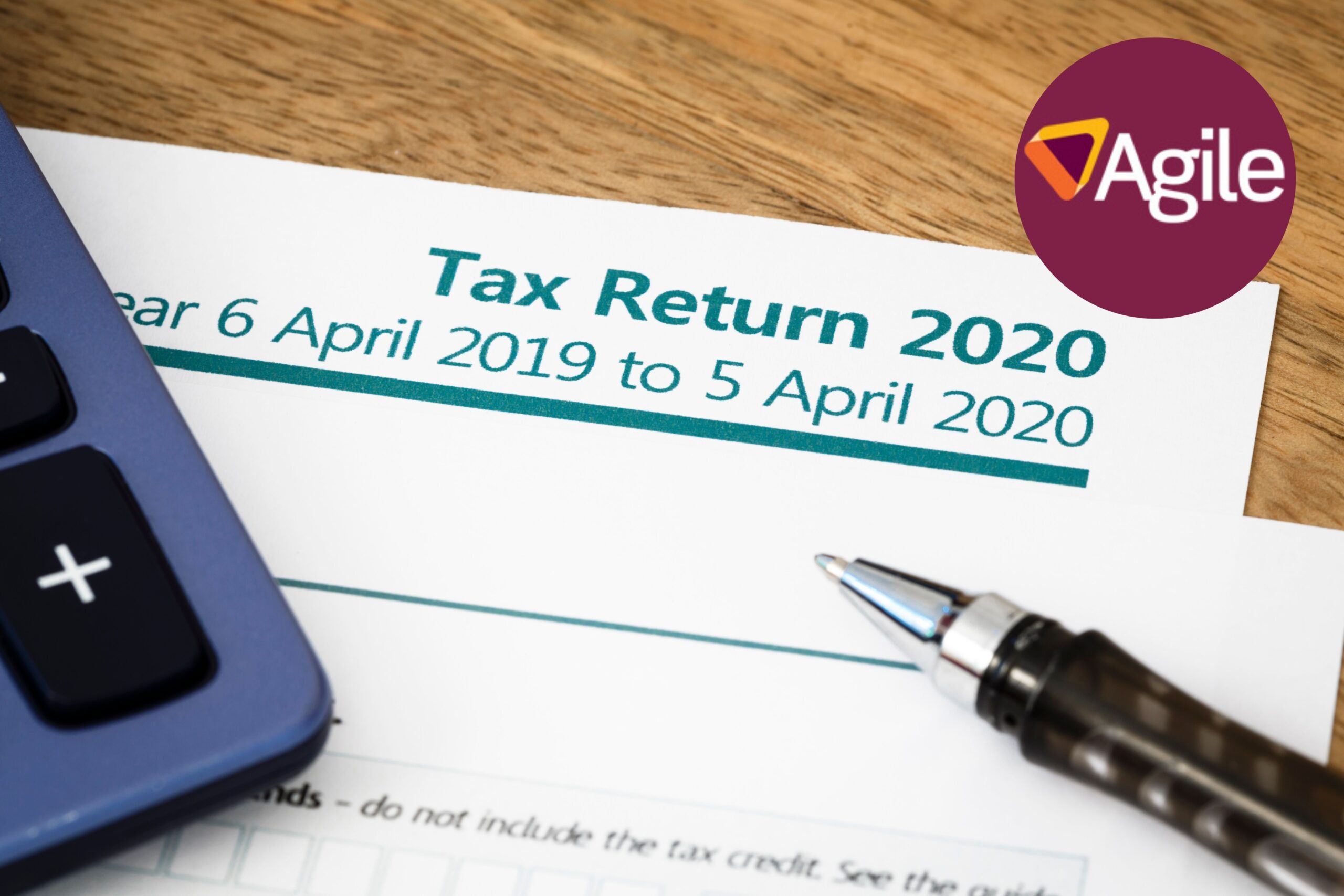When you start thinking about how you’ll create an income in retirement, it’s probably your pension that comes to mind. Yet, if your estate could be liable for Inheritance Tax (IHT), it could make sense to use other assets first.
IHT is paid after you pass away if the value of all your assets exceeds certain thresholds. It can significantly reduce how much you leave behind for loved ones. However, there are often steps you can take to reduce a potential IHT bill, including assessing how you’ll use assets in retirement.
Inheritance Tax receipts reached a record high in June 2022
According to HMRC, IHT receipts between April 2022 and June 2022 were £1.8 billion. The sum is £0.3 billion higher than the same period last year and IHT receipts reached a record high in June 2022 due to high-value payments.
HMRC expects IHT payments to continue rising thanks to inflation and a freeze on thresholds.
The value of some of your assets, such as property or an investment portfolio, may be rising. Yet, the thresholds for paying IHT are frozen until 2026. As a result, more families are expected to pay IHT if they don’t take steps to reduce their tax liability.
There are two key allowances to consider if you’re reviewing if your estate could be liable for IHT:
- Nil-rate band: For the 2022/23 tax year, the nil-rate band is £325,000. If the value of all your assets is below this threshold, IHT will not be due.
- Residence nil-rate band: If you leave certain properties, including your main home, to your children or grandchildren, you can also take advantage of the residence nil-rate band. For the 2022/23 tax year, it is up to £175,000.
If you maximise both allowances, you can pass on up to £500,000 before IHT is due.
IHT is not due when you’re leaving assets to your spouse or civil partner, and you can also pass on unused allowances. So, if you’re planning as a couple, you may be able to leave up to £1 million without paying IHT.
The standard IHT rate is 40%. If it’s something your estate could be liable for, it’s important to be proactive to ensure you pass on as much as possible to your loved ones.
While you may consider gifting assets during your lifetime or making charitable donations, one potential option you may have overlooked is leaving your pension untouched.
For Inheritance Tax purposes, your pension is outside of your estate
Your pension is likely to be one of the largest assets you have. In fact, according to a report from the Office for National Statistics, private pension wealth represents a greater share of household wealth than property.
Crucially, the money held in your pension is usually considered outside of your estate for IHT purposes.
So, while your first instinct may be to access your pension to create an income in retirement, it could make financial sense to deplete other assets first and leave your pension for your loved ones.
The beneficiary of the pension may need to pay Income Tax at their nominal rate when they access the savings. The rate will depend on the age you pass away and how they access it, but it could be lower than the IHT rate.
If you’re concerned about IHT and leaving your pension to loved ones is something you’re considering, it’s important to review your long-term financial plan. You should understand how you’ll create an income in retirement that allows you to meet your goals, and what other steps to reduce IHT may be appropriate.
You will need to complete an expression of wishes to pass on your pension
Your pension isn’t covered by your will. The pension scheme administrator has the final say over who receives your pension when you pass away.
You can use an expression of wishes to tell the administrator who you would like your beneficiaries to be. It’s important you complete this. If you don’t, your pension may not be inherited by the person you want.
You will need to complete an expression of wishes for each pension you hold.
Creating a long-term financial plan that suits you
When you plan your retirement or pass on wealth, it’s normal to have lots of questions. We’re here to help you answer them and provide advice.
Whether you’d like to understand how you can mitigate IHT or how to use your assets to create financial security in retirement, please contact us to discuss your needs.
Please note: This blog is for general information only and does not constitute advice. The information is aimed at retail clients only.
The Financial Conduct Authority does not regulate will writing, tax planning or estate planning.
A pension is a long-term investment not normally accessible until 55 (57 from April 2028). The value of your investments (and any income from them) can go down as well as up, which would have an impact on the level of pension benefits available.
Your pension income could also be affected by the interest rates at the time you take your benefits. The tax implications of pension withdrawals will be based on your individual circumstances. Levels, bases of and reliefs from taxation may change in subsequent Finance Acts.










